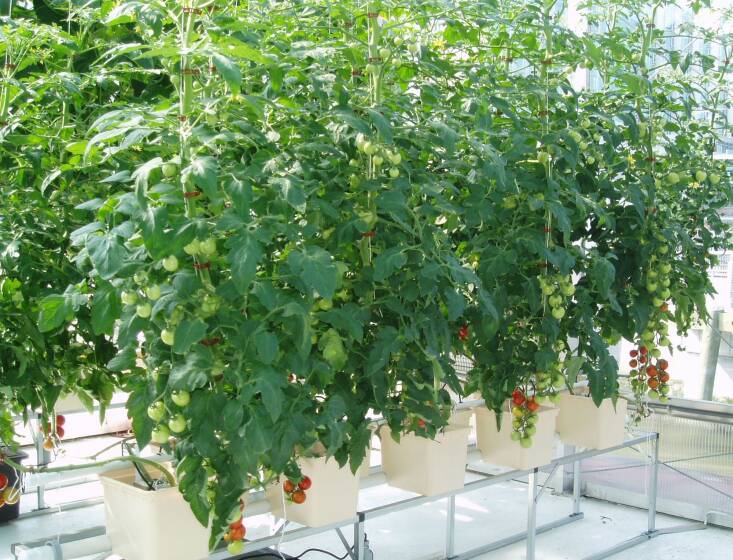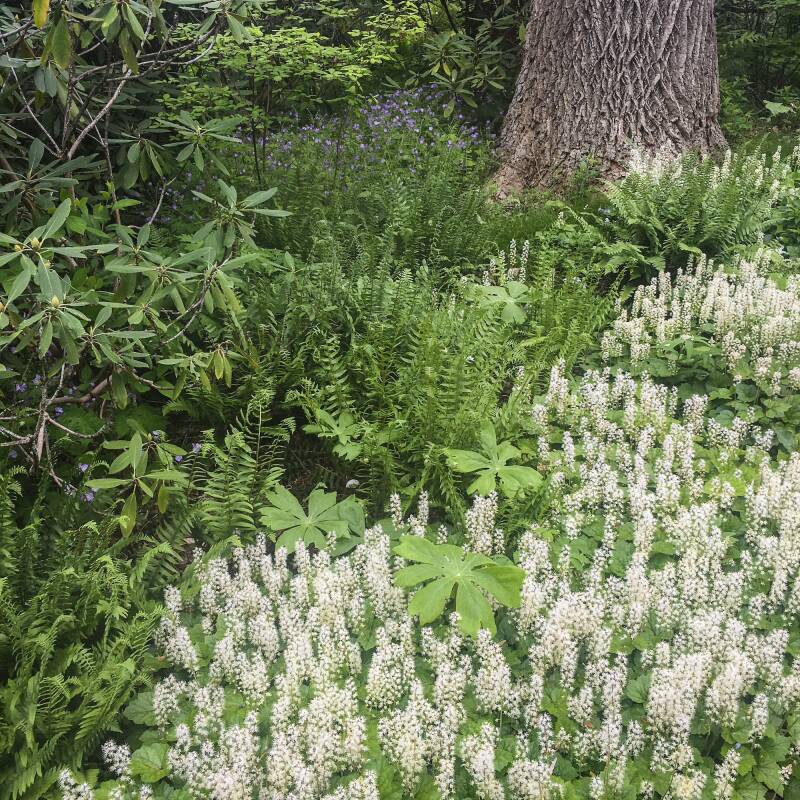People garden for many reasons: to commune with nature, to grow flowers, to help pollinators, to slow climate change, and, of course, to grow food. For some, there is no greater achievement than to cultivate one tomato that puts all store-bought tomatoes to shame. But what if you don’t have the space, resources, or the knowledge to grow things? And what if where you live has limited or no access to fresh produce? What happens then?
That’s where Groundwork Hudson Valley‘s Science Barge comes in. Working within the confines of a 115-foot steel work barge built in the 1940s and situated on the Hudson River in Yonkers, NY, GWHV provides education on how to grow food locally and sustainably and is completely off the grid. Understanding that depressed urban areas can be food deserts and that the climate crisis is forcing us to rethink how food is grown, the GWHV’s Science Barge uses sustainable methods—e.g., hydroponics, rainwater collection, purified river water, and solar and wind power—and is both an urban farm and an educational center for schoolchildren in the New York metro area.
Photography courtesy of Groundwork Hudson Valley.

It has a greenhouse where fruits and vegetables, such as tomatoes, peppers, and lettuce, are grown, as well as culturally significant herbs for the local community. All these are grown with no pesticides and net zero carbon emissions.

Choosing which crops to grow is based on previous years’ performance—and community input. “We look at plants that may be compatible with hydroponic systems, look at previous year’s successes, and ask the community members we are growing for what they want to eat.” says Candida Rodriguez, Director of Community Relations for Groundwork Hudson Valley, “For example, we’ve found through trial and error that certain lettuces do better than others in our hydroponics, such as butterhead lettuce (great) vs romaine lettuce (not so great). There are also better substrates for certain crops like, tatsoi, a mustard green which likes rockwool (spongy growing material), but bok choy likes hydroton, a firm clay pellet, better. Other types of greens that we are experimenting with like amaranth, cilantro, and holy basil. We are determining their ideal conditions because women in the shelter have requested the greens for their cultural dishes. We plant and harvest the food with Seasonal STEM educators who get to connect not only with students on the Science Barge but also with the community whom we work hard to increase the yield of produce every year.”
Currently, the GWHV’s Science Barge’s harvests go to the local YWCA women’s shelter.

The pandemic brought attention to the deficiencies in the food supply chain, and this was even more evident in urban economically depressed areas. GWHV’s Science Barge shows that urban farms and community gardens can provide nutritional support to local communities. Additionally it has also housed science experiments involving oysters, clams, and fish.
For more information or to plan a visit, please visit their website at groundworkhv.org.
For more on sustainable gardening, see:
- Sustainable Gardening: Lessons from Chelsea Flower Show’s First Organic Garden
- The Garden Decoder: What Is ‘Permaculture’?
- Just Say No to Peat: It’s Time to Rethink the Compost and Soil You Buy












Have a Question or Comment About This Post?
Join the conversation